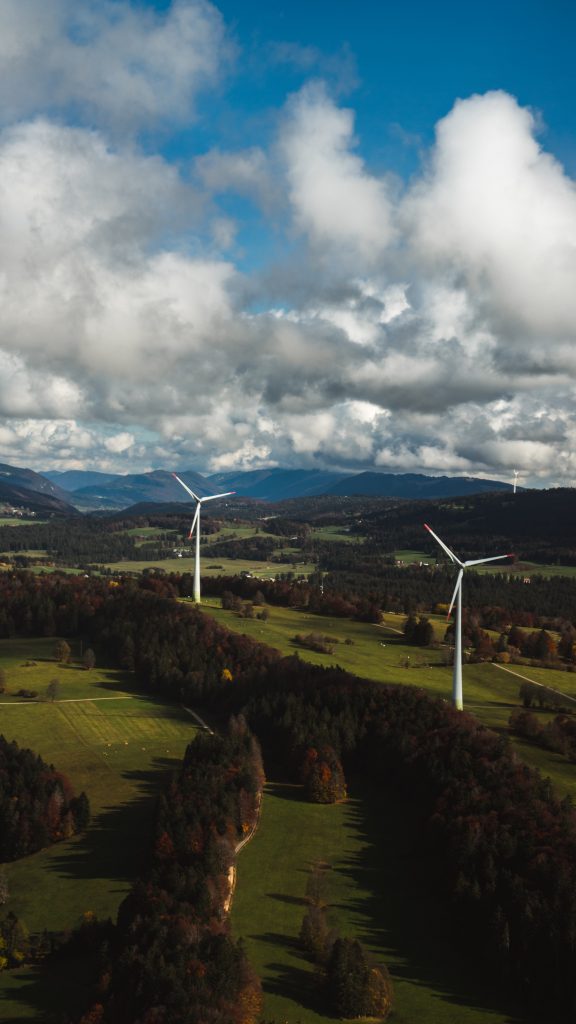Battery energy storage systems (BESSs) have increased in use over recent years, as a result of the global shift towards renewable energy sources. Renewable energy, such as solar or wind power, tend to vary in availability. For example, solar energy can’t be utilised at night, and power from wind isn’t created on calm days. BESSs use rechargeable batteries to store energy for future use when the input of power is low. However, when high amounts of energy are being stored in the system, there is a high risk of fire if systems aren’t adequately protected.
What are the risks of using BESSs?
The most common types of fire risks for BESSs include:
-
- Thermal runaway – where an increase in temperature releases energy that spurs internal temperatures even higher, potentially causing fire or explosion.
- Control system failure – system failures can also lead to overheating, which can result in fire.
- Hydrogen evolution – unless suitably ventilated, excess hydrogen in lead-acid batteries has the potential to lead to fires or explosions.
 What are the risks of using safEV batteries?
What are the risks of using safEV batteries?
safEV batteries (formerly Li-IonFire) are well suited to energy storage, and they are often used in BESSs. The main risk is that safEV batteries are particularly prone to thermal runaway when defective or damaged. Without disconnection, thermal runaway can spread between cells, causing intense fires that last days or weeks, and the system’s residual energy means continued risk of electric shock even after the fire’s extinction. The decision is often taken to contain a battery in thermal runway and leave it to burn itself out. However, this can result in loss of the entire system.
The dangers of both BESS fires and safEV batteries are manageable, but are often unknown or misunderstood by buyers. More often than not, sites are selected by available space, with less consideration for the process of controlling and measuring risks. For optimal protection for all people and buildings, buyers must fully understand the hazards and the requirements, follow manufacturer’s guidance and, if needed, consult expertise.
The current safety standards
Many safety standards have been developed internationally, both for energy storage systems and large format safEV batteries. The effort to create design, testing and installation requirements has been led by organisations, such as International Electrotechnical Commission, Underwriters Laboratories, National Fire Protection Association (NFPA) and Verband Deutscher Elektrotechniker. One of the key standards to come out of this work is The NFPA’s standard for the installation of energy storage systems.
The UK also has safety guidance for BESSs, covered by a variety of requirements surrounding installation, grid connectivity, product safety and dangerous goods.
Electrical installations that the public may interact with must comply with the Institute of Engineering and Technology’s (IET) regulations on wiring (BS 7671). However, this does not specifically detail the installation of electrical energy storage, such as any requirements or locations for domestic BESSs. IET published further guidance in 2017 which detailed a view on how to set best practice for this type of installation.
How do you reduce risk?
While there is a lot of legislation surrounding BESS fire prevention and protection, determining the exact process for an individual application can be difficult. To make the guidance clearer, it can be broken down into three categories: system design, site considerations and fire protection systems:
- System design is crucial for reducing fire risk. For example, the materials used in the insulation of the system should be non-combustible. In addition, the system should include a ventilation system to prevent overheating.
- Site considerations include thinking about the overall design of the site where the BESS is located and the separation of battery containers, transformers, substations and other major equipment. If it isn’t possible to keep electrical systems separate, fire walls should be installed to reduce the risk of flames spreading. Fire walls are usually made of composite materials like concrete and will often result in lower insurance premiums due to their excellent fire prevention capabilities.
- Fire protection systems should be unique to your site and its individual needs, designed to detect and suppress fire. It needs to consider all the following:
-
- How batteries are separated
- Use of dedicated fire areas
- The type of protection system needed
- How the systems will be tested
- The information provided for firefighters in an emergency response.
BESSs are becoming more affordable and more common, so attention to detail is crucial in shaping the further use of these systems. Effective performance, reliability and high public confidence will help secure a continued and more widespread use of BESSs in the future, for all their benefits.
For more information or advice, get in touch or call 0800 975 5767
Contact us
Do you own or operate a business that needs fire protection?
Call us today on 0800 975 5767, or fill in our contact form, to speak with a member of our team.


 What are the risks of using safEV batteries?
What are the risks of using safEV batteries?